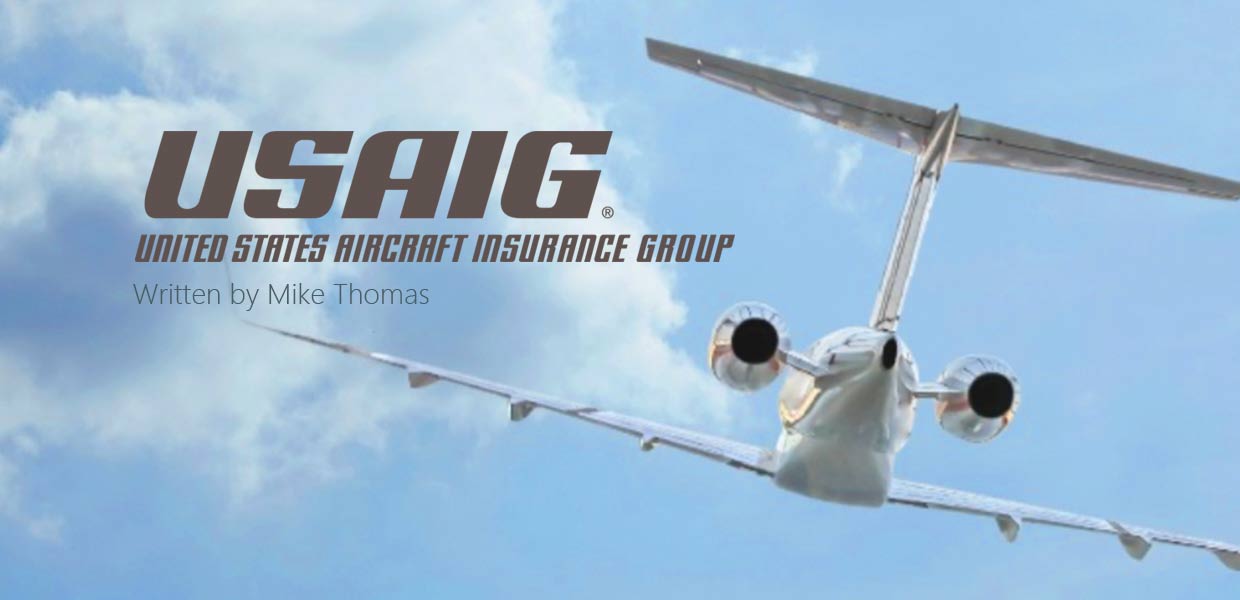
Don’t Play the Odds
Excerpt from a USAIG newsletter:
Thomas, Mike.“Don't Play the Odds” Newsletter - Issue 21. Year 2016.
On the fatigue management front, Pulsar Informatics uses the latest scientific human alertness models to predict fatigue levels, not only for pilots but for mechanics, schedulers, and anyone else responsible for flight operations. The 24/7/365 and international nature of our corporate flight operation sometimes pushes the limits of human alertness and fatigue becomes an issue. Sometimes, we know that an itinerary will result in high levels of fatigue and we are looking for strategies to combat it. Other times, we might not see the big picture and miss the fatigue piece. Either way, the Fleet Insight tool provided by Pulsar gives us the benefit of looking into the “crystal ball” and observing how our flight crews will be affected by flight through windows of circadian low (WOCL), time zone changes, and hours of continuous wakefulness.
To make the interface as simple as possible, it has the capability of automatically populating the flight itineraries from several flight scheduling programs. If I see a potentially fatiguing flight coming up on the schedule, I will produce two different scenarios on Fleet Insight and email screenshots to the crews—one showing predicted fatigue levels without mitigations and one showing a more proactive fatigue management approach. Doing so gives us two major advantages: It gives the crew a heads-up that they might be feeling the negative effects of fatigue at some point on the trip, and it also justifies to our accountable executive why money was spent on airline tickets to pre- position a fresh flight crew at an intermediate stop. We had a particularly challenging flight profile that involved a tech stop in Hawaii and short layovers in Australia and Japan, before continuing home through Anchorage, Alaska. It was the kind of trip that kept our chief pilot (also our crew scheduler) awake at night. But with help from Steve Bruneau, chief operating officer at Pulsar, we devised a few different crewing solutions that everyone could live with. Having been on that trip myself, I can attest that the fatigue mitigation scenario that we decided on was very accurate in its alertness levels. It was a little strange walking around Australia at 2:00 a.m. local. But keeping my body on home time meant I wouldn’t be fighting fatigue over the South Pacific all night.
Whether you fly single-pilot for pleasure or as part of a larger, multiple aircraft department, don’t play the odds. Be proactive in mitigating the risks that impact your flight every day and use the tools that are available to you.
Mike Thomas, Corporate Pilot and Aviation Safety Manager
Be informed about which ones are out there and how to take full advantage of them. If you’ve committed yourself to professional flying, you’ve already committed to investing a sizable amount of money to do so. The investment in safety should come as easily as the investment in fuel.
––––––––––––
Fleet Insight allows you to assess fatigue risk in future flights and duties as you plan your fleet’s upcoming schedule. You can bulk load schedules or link to a fully integrated scheduling tool to access this information automatically.
As flight and duty schedules change, you can quickly identify high fatigue risk situations and evaluate mitigations with the click of a button using the objective, data-driven process of Fatigue Meter.
––––––––––––
Related links:
To read the full article, view page 6 of the USAIG's Newsletter- Issue 21.